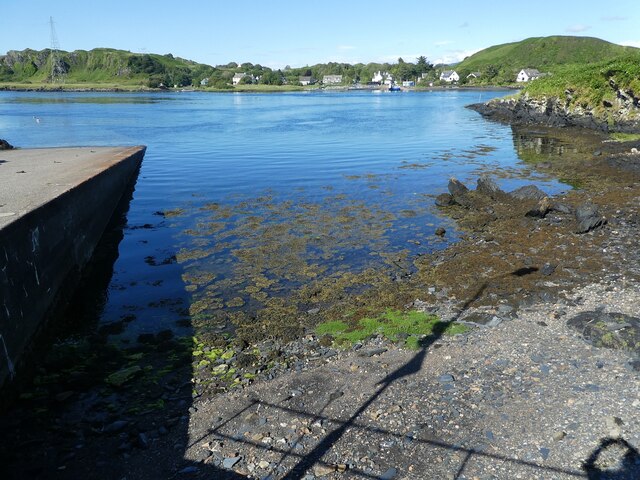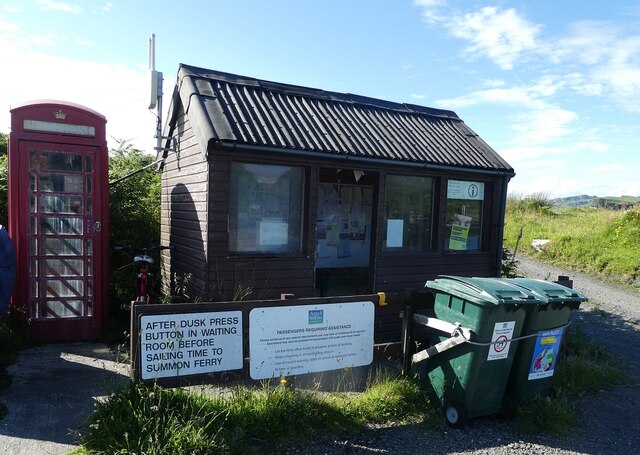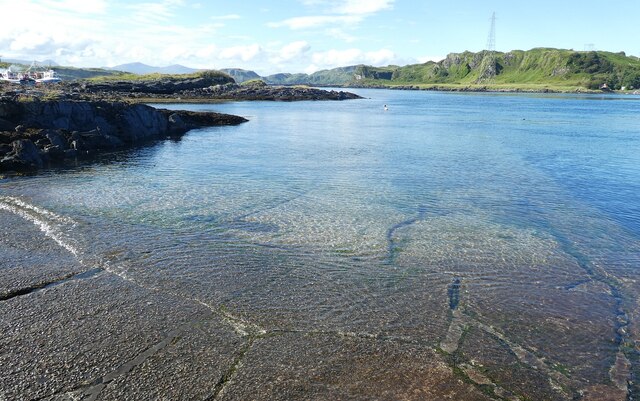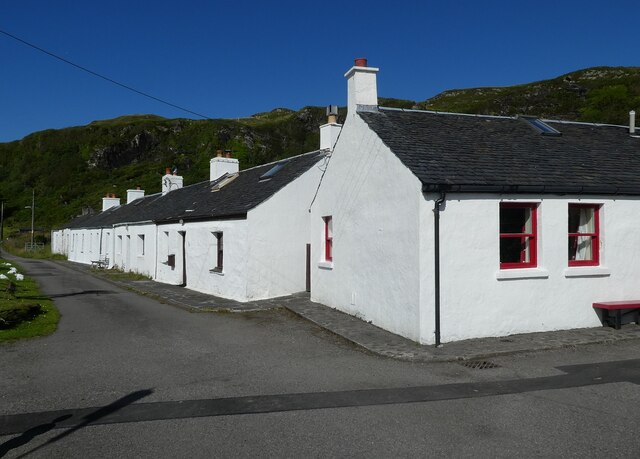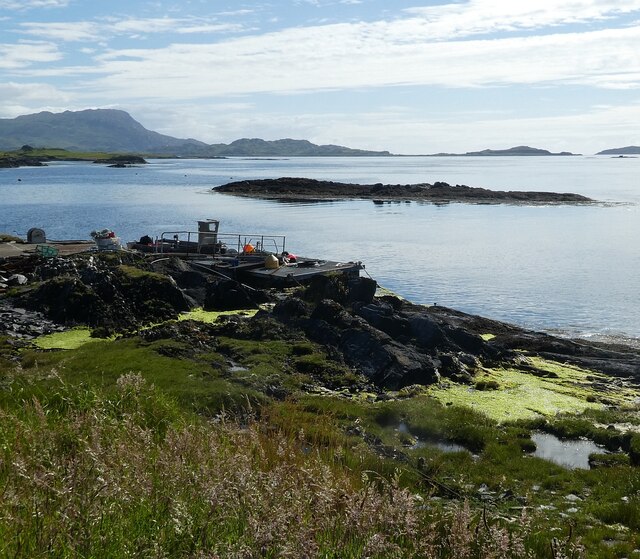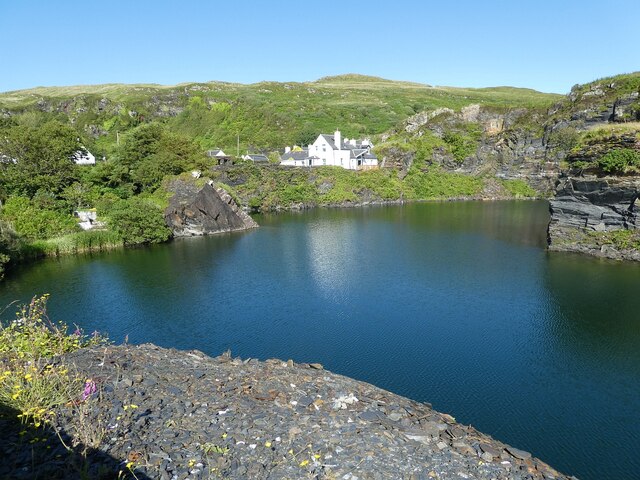Sgeir a' Bhodaich
Island in Argyllshire
Scotland
Sgeir a' Bhodaich
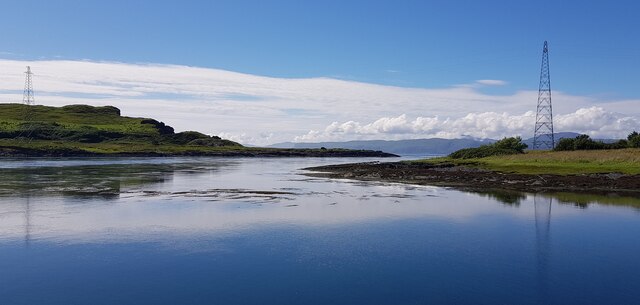
Sgeir a' Bhodaich is a small rocky island located in Argyllshire, Scotland. Situated in the Firth of Lorn, it is part of the Inner Hebrides archipelago. The island is approximately 1.5 miles northwest of the mainland and is accessible by boat.
Sgeir a' Bhodaich is characterized by its rugged and rocky terrain, with cliffs rising up to 130 feet in some areas. The island is uninhabited and lacks any permanent structures or facilities. It is primarily used as a nesting site for various seabird species, including gulls, kittiwakes, and razorbills.
The island's name, Sgeir a' Bhodaich, translates to "rock of the old man" in Gaelic. The name is believed to have originated from a local legend or folklore associated with the island, although the specific details are unclear.
Due to its remote location and lack of amenities, Sgeir a' Bhodaich is mostly visited by bird watchers, nature enthusiasts, and occasional boaters looking to explore the surrounding waters. The island offers stunning views of the surrounding sea and the mainland, making it a popular spot for photographers.
Visitors to Sgeir a' Bhodaich should exercise caution when traversing the island, as the terrain can be treacherous. It is also important to respect the wildlife and nesting birds on the island, ensuring no disturbances or harm come to them.
If you have any feedback on the listing, please let us know in the comments section below.
Sgeir a' Bhodaich Images
Images are sourced within 2km of 56.257566/-5.6283415 or Grid Reference NM7513. Thanks to Geograph Open Source API. All images are credited.

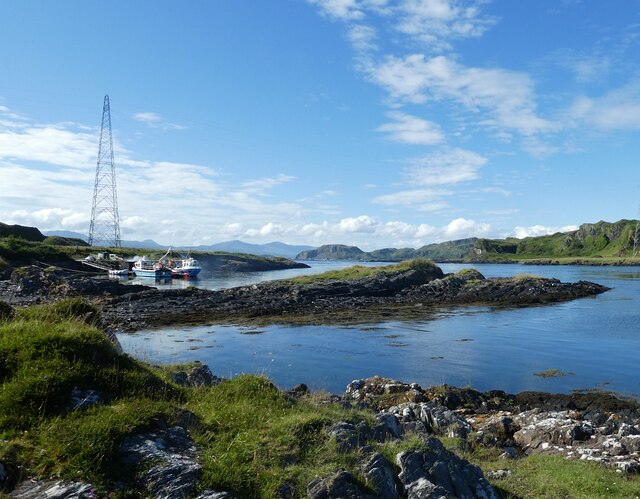
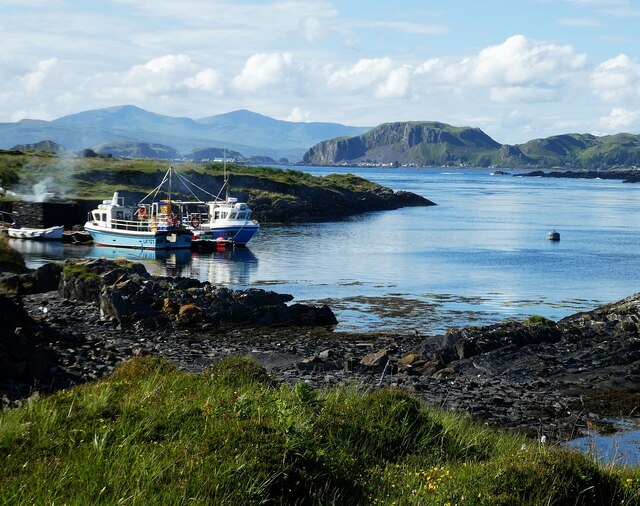
![Torsa from Luing The land in the foreground is the western coast of the isle of Luing at its northern end, looking across to the uninhabited isle of Torsa.
Torsa is almost connected (fordable at low tide) to Luing near Ardinamir Bay.
Although no longer permanently inhabited since the early 1960s, it is possible to stay in a holiday let in the island&#039;s only remaining house - see <span class="nowrap"><a title="https://torsa-island.co.uk" rel="nofollow ugc noopener" href="https://torsa-island.co.uk">Link</a><img style="margin-left:2px;" alt="External link" title="External link - shift click to open in new window" src="https://s1.geograph.org.uk/img/external.png" width="10" height="10"/></span>
The island has never had a large population, but at the beginning of the C19th there were eleven families living here. It has an area of 113ha (280 acres) and its highest point, 62m (203&#039;) is an unnamed hill in the centre of the island.
See also <a href="https://www.geograph.org.uk/photo/7258530">NM7512 : Torsa Beag and Sgeir a' Bhodaich from Luing</a>
[Edit Late 2023] The entire island of Torsa comprising Torsa, Torsa Beag, Eilean na h-Eaglaise, and their reclaimed foreshore is currently up for sale for &quot;offers over £1.5m&quot; - you do get about 270 acres and several buildings for your money though! See <span class="nowrap"><a title="https://island-seeker.com/islands-for-sale/scotland" rel="nofollow ugc noopener" href="https://island-seeker.com/islands-for-sale/scotland">Link</a><img style="margin-left:2px;" alt="External link" title="External link - shift click to open in new window" src="https://s1.geograph.org.uk/img/external.png" width="10" height="10"/></span>](https://s2.geograph.org.uk/geophotos/07/25/83/7258358_d28f3352.jpg)

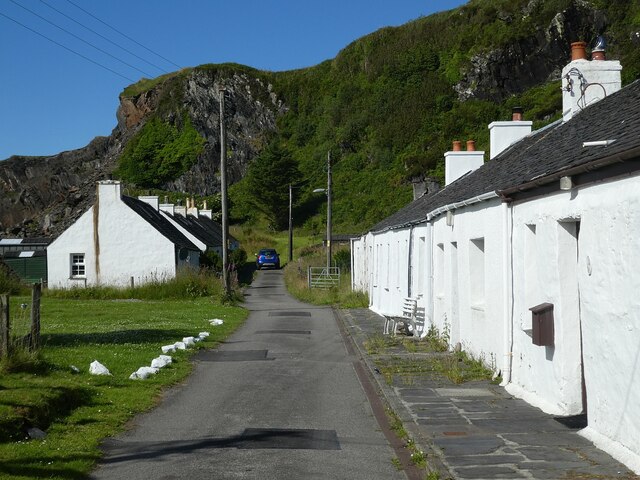
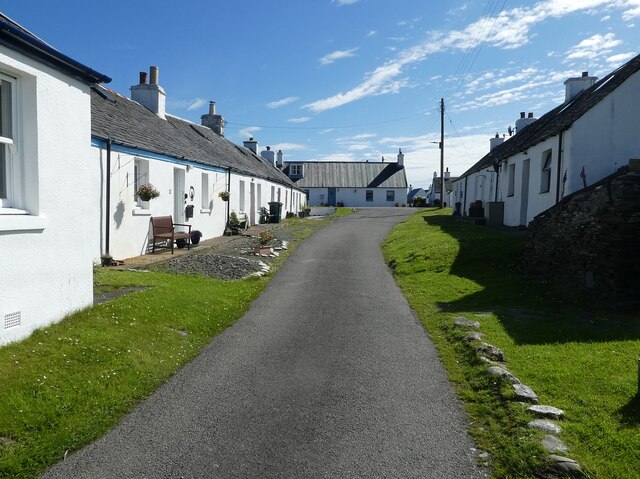
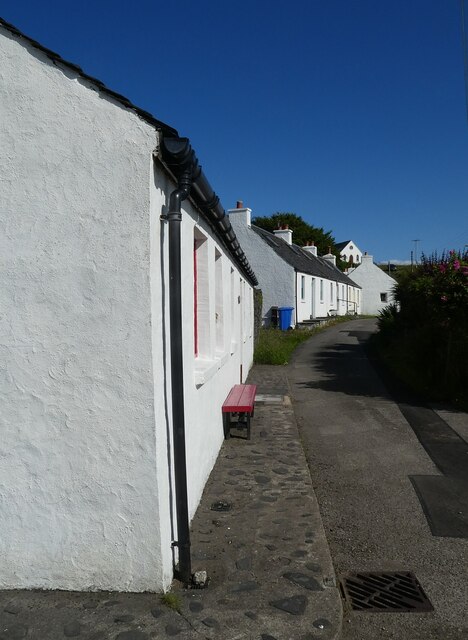
![Luing - Cullipool - Flooded quarry view southwards The flooded quarry to the south of the main part of the village of Cullipool on Luing is roughly L-shaped (though upside down and mirrored)
This view is southwards along the longer arm of the L. I think that the white house in the distance must be a newly built property [2022] as it appears neither on the large scale maps nor on aerial images.](https://s3.geograph.org.uk/geophotos/07/25/96/7259687_523f40bc.jpg)
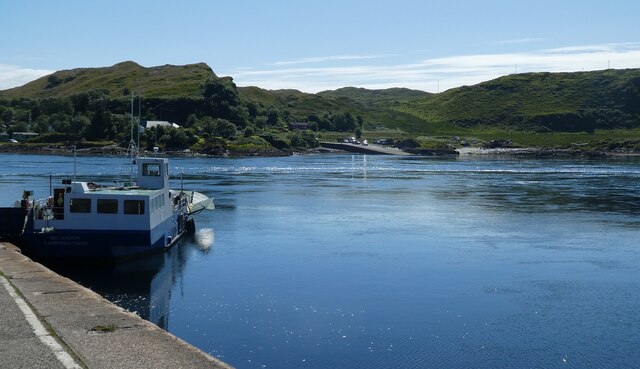
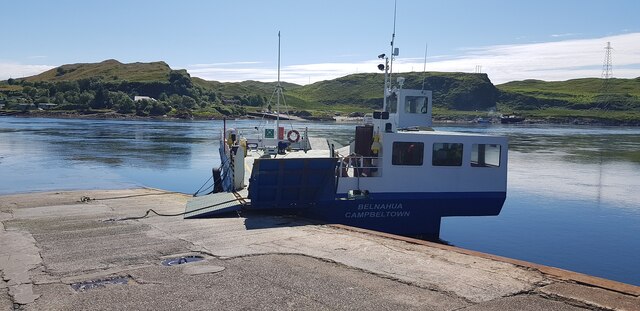

Sgeir a' Bhodaich is located at Grid Ref: NM7513 (Lat: 56.257566, Lng: -5.6283415)
Unitary Authority: Argyll and Bute
Police Authority: Argyll and West Dunbartonshire
What 3 Words
///breached.decoder.cats. Near Lochbuie, Argyll & Bute
Nearby Locations
Related Wikis
Torsa
Torsa (occasionally Torsay) is one of the Slate Islands in Argyll and Bute, Scotland. Lying east of Luing and south of Seil, this tidal island was inhabited...
Cuan Sound
Cuan Sound is a narrow channel, 200 metres (660 ft) wide, located in Argyll, western Scotland. It separates Seil and Luing and later becomes the Firth...
Slate Islands
The Slate Islands are an island group in the Inner Hebrides, lying immediately off the west coast of Scotland, north of Jura and southwest of Oban. The...
Ardinamir
Ardinamir is an anchorage and small settlement on the island of Luing in Argyll and Bute, Scotland. == References ==
Nearby Amenities
Located within 500m of 56.257566,-5.6283415Have you been to Sgeir a' Bhodaich?
Leave your review of Sgeir a' Bhodaich below (or comments, questions and feedback).
